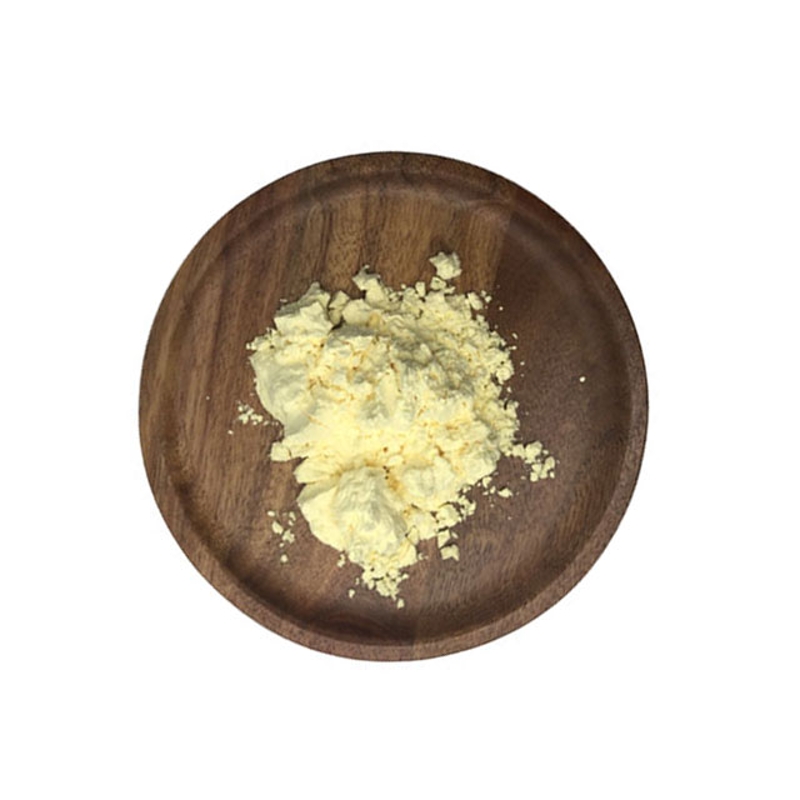-
Categories
-
Pharmaceutical Intermediates
-
Active Pharmaceutical Ingredients
-
Food Additives
- Industrial Coatings
- Agrochemicals
- Dyes and Pigments
- Surfactant
- Flavors and Fragrances
- Chemical Reagents
- Catalyst and Auxiliary
- Natural Products
- Inorganic Chemistry
-
Organic Chemistry
-
Biochemical Engineering
- Analytical Chemistry
- Cosmetic Ingredient
-
Pharmaceutical Intermediates
Promotion
ECHEMI Mall
Wholesale
Weekly Price
Exhibition
News
-
Trade Service
JANUARY 18, 2021 // -- In a recent study published in the international journal Cell, scientists from Duke-Singapore National University and others revealed how Wnt proteins play a key role in cell proliferation and differentiation by taking a ride from cell factories to cell surfaces.
drugs that can interfere with the transport of Wnt proteins, such as ETC-159, an anti-cancer drug developed by researchers, or can be used to treat diseases that carry excess Wnt signals, such as cancer and fibrosis.
researcher David Virshup said: 'Because excessive Wnt signals drive cancer and suppress host immunity and induce fibrosis, we are very interested in studying how to block their transport routes.'
Wnts protein sends signals from cells to tell tissues and organs what's going on around them; animals from sponges and jellyfish to humans rely on Wnt signals to build the body's own plans; and in adults, Wnt can continue to control the body's function, including maintaining hair. intestinal and taste bud functions, however, unlike most signaling proteins between cells, Wnts have a special fatty acid attached to their adhesions, and because of these adsorbed fatty acids, Wnts needs a specific transport protein, WLS.
Photo Source: David M. Virshup Researchers don't yet know how the WLS protein carries fatty acid-modified Wnt signals around and between cells; in this study, researchers used cryogenic electron technology to determine the molecular structure of the Wnt protein carried by Wntless; a technique that could help researchers analyze both proteins in a near-primitive state 'We identified the structure of the complex formed by the short-range signal molecules Wnt and WLS, which could explain why the two proteins were able to form such a tight complex because they observed a very large binding surface between the two proteins,' said researcher Filippo Mancia.
also reveals how fatty acids adsorbed to the Wnt protein are protected by membranes when combined with WLS, and helps explain why subjects such as WLS are so important for the transport of Wnt from the intracellular cell membrane.
This structure reveals that WLS has two domains, a transmeral domain and a secondary domain similar to an ancient fatty acid regulator, and that the tail of Wnt fatty acids can be inserted into the conservative cavity of the WLS transfilm domain.
the transfilm domain combined with the tail of the fatty acid may be expected to be a potential drug target because of its structural correlation with the GPCRs protein.
that we now have a candidate drug that can block this particular interaction, ETC-159,' said Yu Jia, a researcher at the University of New York.
ETC-159 is an anti-cancer drug developed by researchers, while Wnt inhibitors are a new small molecule candidate that targets a range of cancers and is currently undergoing clinical trials as a therapy for colorectal and gynecological cancers.
future researchers hope to gain a deeper understanding of how Wnts are loaded onto WLS and how WLS is transported to its subjects through more in-depth research, based on the complex structures revealed in this paper.
() Original source: Rie Nygaard, Jia Yu, Jonathan Kim, et al. Structural Basis of WLS/Evi-Mediated Wnt Transport and Secretion, Cell (2020). DOI:10.1016/j.cell.2020.11.038







